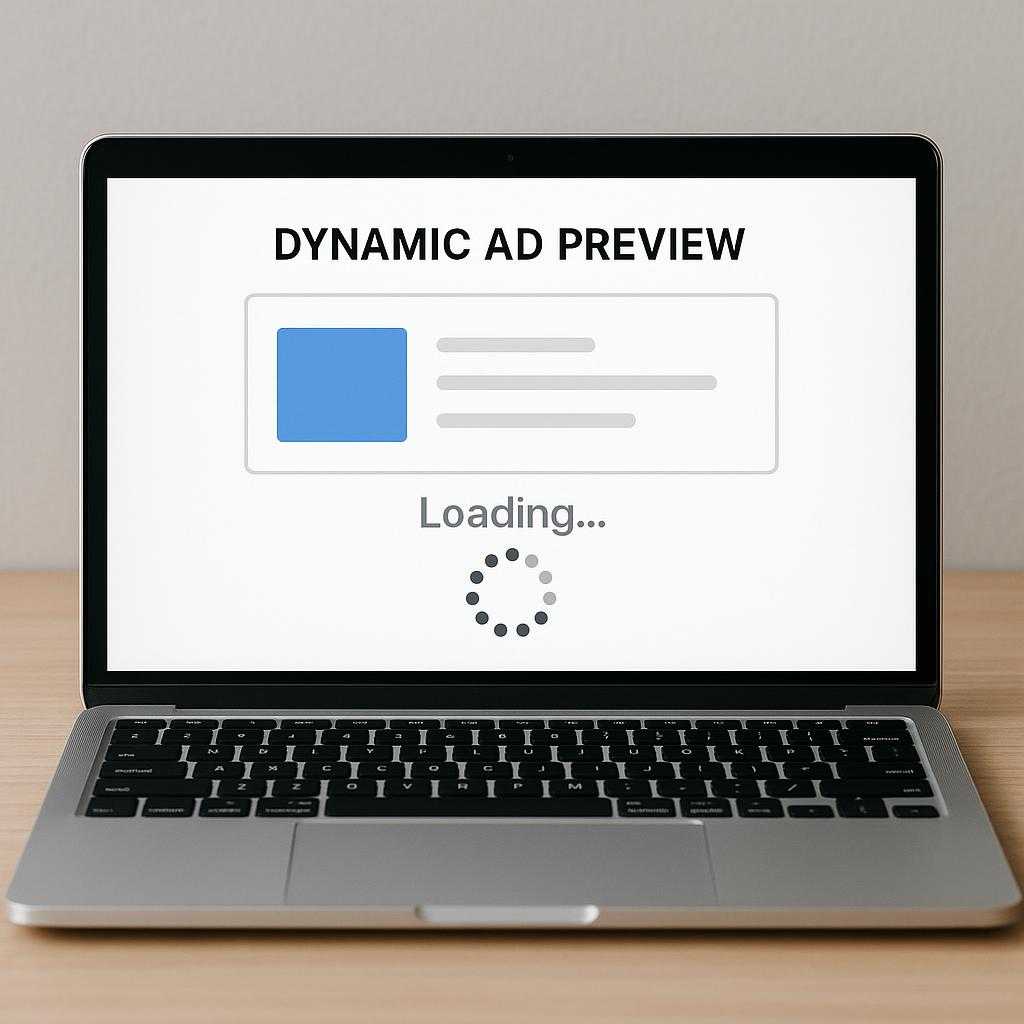Are Dynamic Search Ads Worth It for Local Businesses?
Digital marketers often debate whether Dynamic Search Ads (DSAs) make sense for local businesses. In short: they can be valuable under the right circumstances, but they’re not universally the best tool. Below is a breakdown with further reading links.
What Are Dynamic Search Ads?
- DSAs use content on your website to target relevant user searches and generate headlines dynamically. Google’s guide to Dynamic Search Ads
- DSAs let you skip writing exhaustive keyword lists. They fill gaps by matching your site pages to queries you may not have predicted. “Dynamic Search Ads: Everything You Need to Know” – WordStream
- You can control scope by URL rules, page feeds, or “URL contains” logic. When (& When Not) to Use Google Dynamic Search Ads – WordStream
Pros & Cons for Local Businesses
Pros:
- Fills in keyword gaps and captures long-tail local queries
- May lower average CPC when targeting less-competitive search terms
- Saves ad copy workload and scales reach
- Acts as a discovery tool—surfacing search terms you can later port to manual campaigns
- Matching between query and landing page can improve relevance
Cons / Risks:
- Less control over messaging (headlines are auto-generated)
- Potential for irrelevant matches and wasted spend
- Risk of cannibalizing your own keyword campaigns
- Works poorly when search volume is very low
- Requires regular monitoring and negative keyword maintenance
When DSAs Work Best for Local Businesses
DSAs are more likely to succeed locally if:
- Your website has strong, content-rich service pages
- You offer multiple distinct services (e.g. plumbing + HVAC)
- There is sufficient local search volume for non-brand queries
- You have budget to experiment and guardrails for bad matches
- You track conversions (including calls or store visits)
- You’re willing to monitor search term reports and refine continuously
If your service area is extremely narrow or your business is hyper-niche with low demand, DSA may produce minimal incremental value.
Tactical Setup Checklist
- Audit your site content (ensure clear titles, headings, service + location mentions)
- Use URL targeting or a page feed to limit which pages DSAs can use
- Add negative keyword coverage from the start (exclude [free], [jobs], etc.)
- Exclude non-converting pages (blogs, resources, privacy, etc.)
- Run DSAs in a separate campaign (not within your existing keyword campaigns)
- Start with conservative bids and budgets
- Check search term reports weekly, add negatives, push winners to manual campaigns
- Include call tracking, offline conversions, or store-visit tracking
- Combine with audience targeting (remarketing, in-market, custom lists)
- A/B test with vs without DSA to measure incremental lift
Real-World Examples & Observations
- Google claims DSAs help advertisers “capture additional traffic and sales identifying new serving opportunities you aren’t already targeting.” (Google help)
- WordStream’s articles show use cases and cautionary advice for DSAs in various contexts (see their DSA guides)
- Some advertisers on PPC forums caution: DSAs help you discover new queries, but ROAS may struggle unless controlled carefully (see Reddit comment: “it surely helps you to find new keywords … but ROAS wise it won’t be a successful campaign”)
- In practice, companies combining DSAs with strict negatives and iterative optimization have extracted incremental reach they couldn’t get by manual keyword campaigns alone
Decision Framework & Bottom Line
DSAs are worth testing for local businesses when:
- You have a solid website and content structure
- You offer multiple services or sub-services
- There is non-brand local search volume you aren’t fully covering
- You’re willing to monitor, optimize, and maintain control
Skip or deprioritize DSAs when:
- Search volume is extremely limited
- You need absolute control over every ad message (e.g. compliance-heavy industries)
- You have only one service with a small keyword universe
- You can’t track conversions reliably


